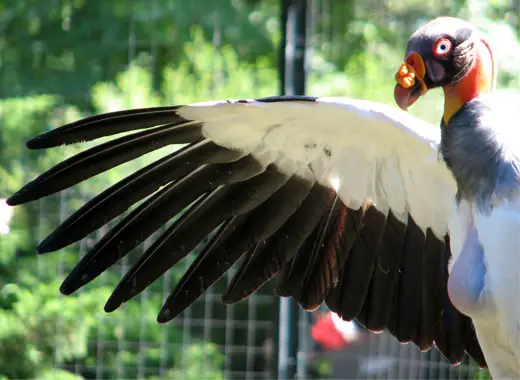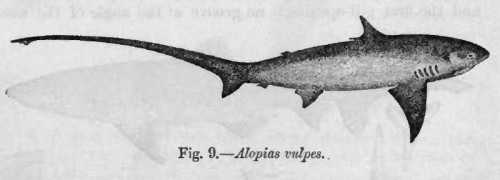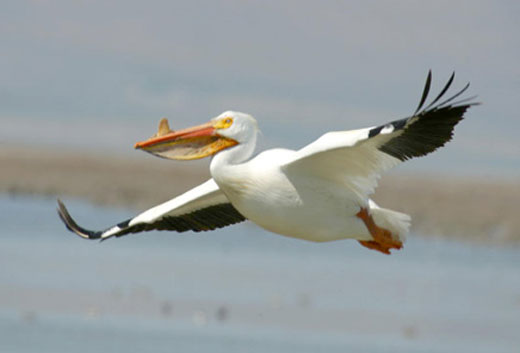King Vulture
The King Vulture is a large bird found primarily between Mexico, Argentina and some areas of central America. Observed to have a lifespan of around 30 years the King Vulture is a scavenger just like most of its species and is known to commonly get the first pick of scavenged carcasses. The name ‘King’ vulture has to theories behind its origin, the first being that the King Vulture commonly gets first pick of a carcass and many smaller vultures are vary of it and will wait until the King Vulture has finished. The second theory comes from Mayan mythology as the Mayans believed the King Vulture to carry messages from the Mayan gods.

King Vulture in captivity
A full grown King Vulture is easy to spot by their distinct coloration. Mostly white, the King Vulture can sport different shades of gray and black on its tail which is quite short and square by vulture standards. A hint of yellow in the vultures plumes is sometimes visible which matches the yellow color of its eyes. The most prominent and recognizable feature of the King Vulture has to be the fleshy growth on its bill which is usually a light shade of orange, however this will not grow until the vulture is around 5 years old.
There is hardly any difference at all between males and females of the species. A young King Vulture lacks the fleshy growth on the bill and is predominantly of gray coloration with dark eyes and a dark bill. As the young vulture matures it gains its distinct bright colors that can range from yellow through to deep red and even purple.
The King Vulture has excellent vision and its a master at gliding through the air staying gliding airborne for hours on end. Making its home in forests and swamps the King Vulture’s are known to live alone or in small family groups however much larger groups can be found at the site of a fresh carcass. The King Vulture has less than a handful of natural predators. Large cats have sometimes been known to catch a King Vulture off guard but most threat comes to the vultures eggs and young from tropical snakes.

King Vulture
Aside from these small threats to the King Vulture, these survivalists have adapted in a number of ways to their lifestyle. To keep their body temperature down King Vultures have been known to defecate on their legs and have no feathers around their face or neck to avoid harmful bacteria collecting from their carrion food source.
King Vultures mate for life and usually only have one offspring in the dry season. The egg is kept in the vultures nest which is usually in hollow tress and the King Vultures will kept these nests extremely foul smelling to keep predators away. Young are fed with carrion meat and by regurgitation.


